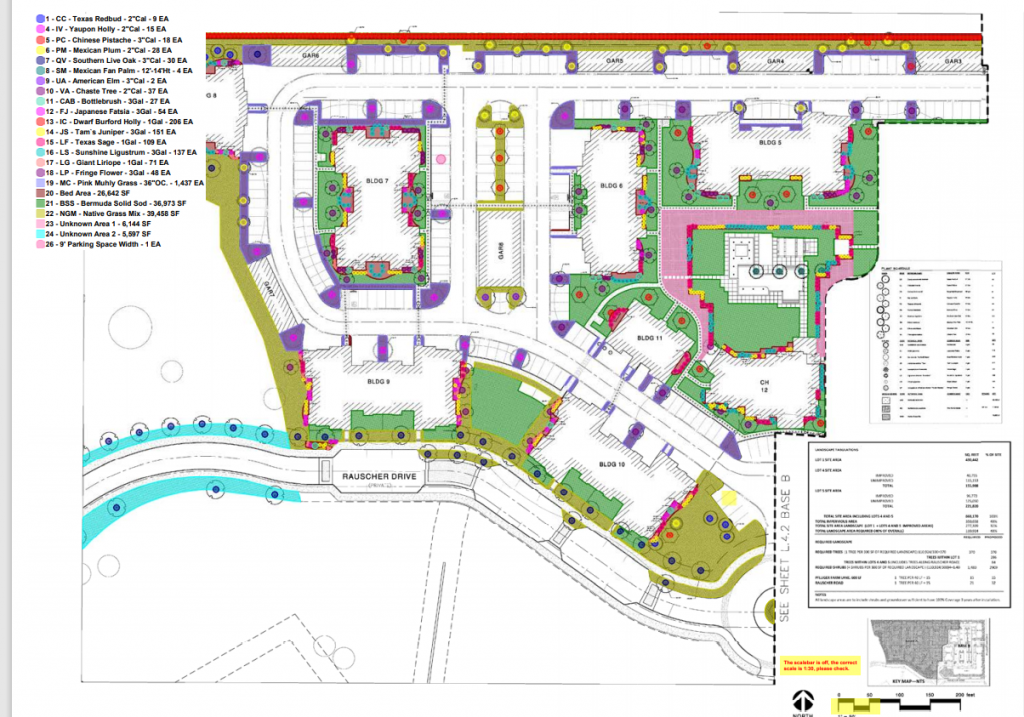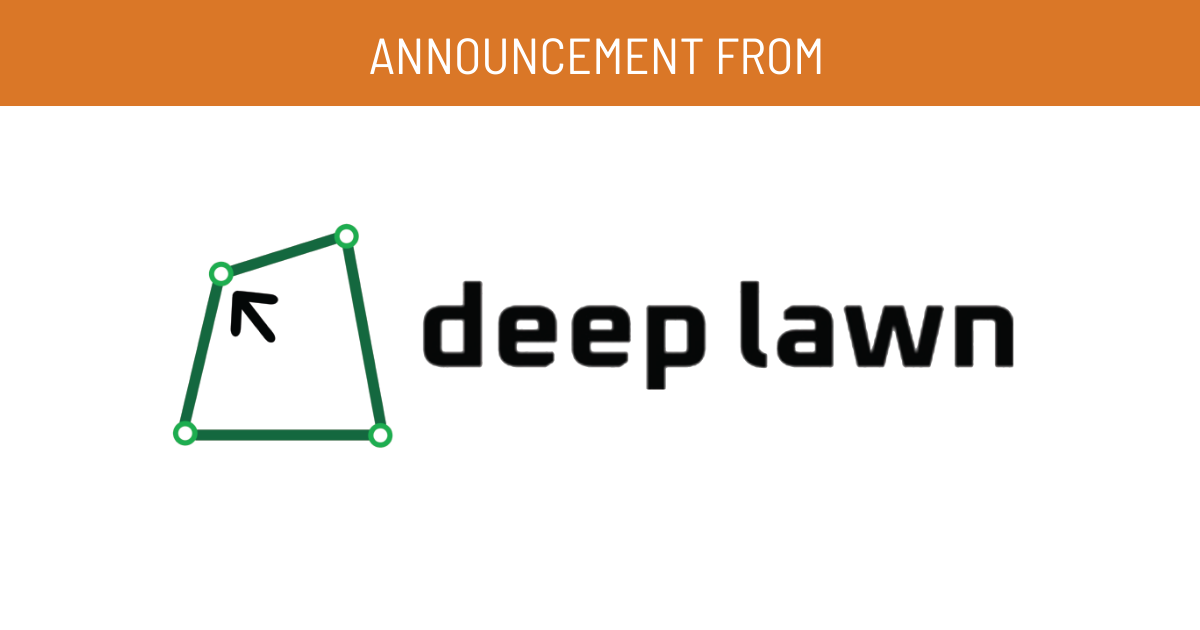Deep Lawn's A.I. Expands to Commercial Landscaping & Snow Removal
Deep Lawn Extends Its A.I. Measurement Software to Commercial Landscaping & Snow Removal Companies
BY GOMATERIALS CEO
Landscaping technology has come a long way from the days of excel spreadsheets and pen and paper invoicing.
As we settle into the fourth industrial revolution, technological advancement is increasingly focused on data compilation and real-time analytics.
GoMaterials predicts the three trends below have the potential to reshape the landscaping industry as we know it.


A common pattern across industries is specialization and the rise of focused third-party services. Landscaping is also going through this transformation.
Currently, landscapers can outsource any task from the beginning to the end of a project by leveraging various new age services.
For example, Tilly, the affordable online landscape design company launched Tilly for Pros, which creates landscape designs for landscaping businesses.
You can partner with them if you thrive in the execution of a project but not the designing aspect or if you have an overflow of design work and need support during the busy season.
“Tilly for Pros allows landscape contractors to streamline their work while offering quality and professional designs to their customers.” says Blythe Yost, Principal Landscape Architect and CEO of Tilly. “We give contractors the option to include their logo on the final design plans so they can truly view Tilly as an extension of their team.”
Another example is Takeoff Monkey, a professional takeoff service that drastically reduces the time spent on takeoffs.
Tommy Lather, CEO of Takeoff Monkey explains why that is so important:
“It’s hard for landscapers to split their time on new business and fulfilling existing contracts. Our service takes care of takeoffs, which lets them double their bid rate” he says.

Professional procurement services complete the design-takeoff-deliver cycle.
GoMaterials helps source wholesale plants and trees for your landscaping jobs.
When you don’t have the time or manpower to locate plant materials and to organize the delivery logistics, GoMaterials can help.
In short, you can outsource design, takeoffs and sourcing to the experts, and focus on the elements of running a landscaping business that you excel in.
Technology-enabled outsourcing brings business owners one step closer to achieving a good work-life balance without compromising the customer’s experience.
You probably make more profit off of residential properties, you think a certain species of trees will be in high demand next year.
As an industry, we’re tired of relying on hedge words and want concrete numbers to back our decisions.
Accurate data is essential to improving landscaping and nursery business profitability.
The right technology, typically in the form of management software, compiles and analyses data relevant to your business.
Arbré Technologies is one key player in the world of nursery inventory management.
The revolutionary aspect to data analytics comes when a significant portion of green-industry businesses are on software.
We’ll be better equipped as an industry to track and quantify major and minor patterns. The more we know, the easier it is to make decisions, the higher our profit margins.
Software interconnectivity is the next major step in the progression.
Prime examples are LMN’s SiteOne connection and Aspire’s recent merger with ServiceTitan.
LMN has integrated SiteOne into their software platform.
Users can now order landscaping supplies from SiteOne’s catalogues and have it directly imported into their LMN profile.
Aspire landscape management software has integrations with FleetSharp GPS, allowing clear vehicle tracking, maintenance tracking and payroll reporting.
When using interconnected software, landscapers don’t need to re-enter the same information on multiple platforms and risk errors. The efficiency is remarkable.

These three trends alone greatly affect the day-to-day operations of green-industry businesses.
Combined, they’ll make us more organized, more accurate, and eventually, more profitable.
The only catch is whether or not we adopt these trends in large enough numbers within the industry.
We have to move together to encourage the market to refine and continuously improve their offerings.

Deep Lawn Extends Its A.I. Measurement Software to Commercial Landscaping & Snow Removal Companies

Mariani Premier Group Expands in Arizona with Acquisition of Desert Foothills Landscape, Handyman Maintenance, and Benhart Landscaping